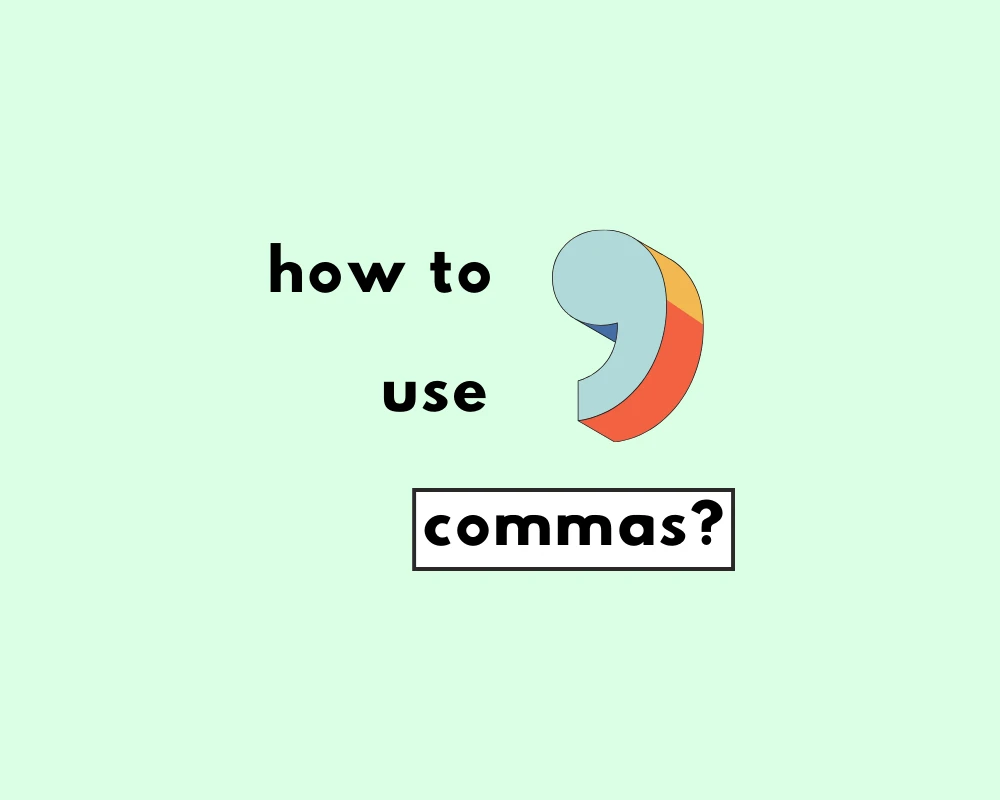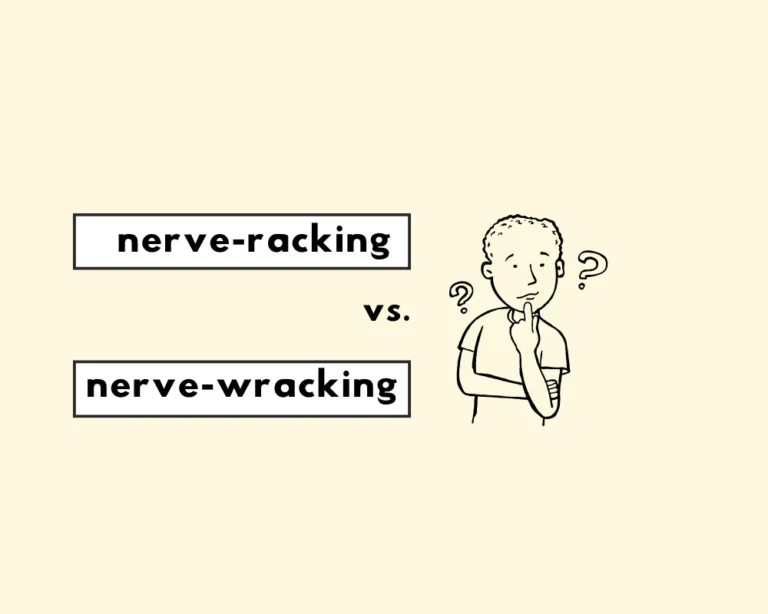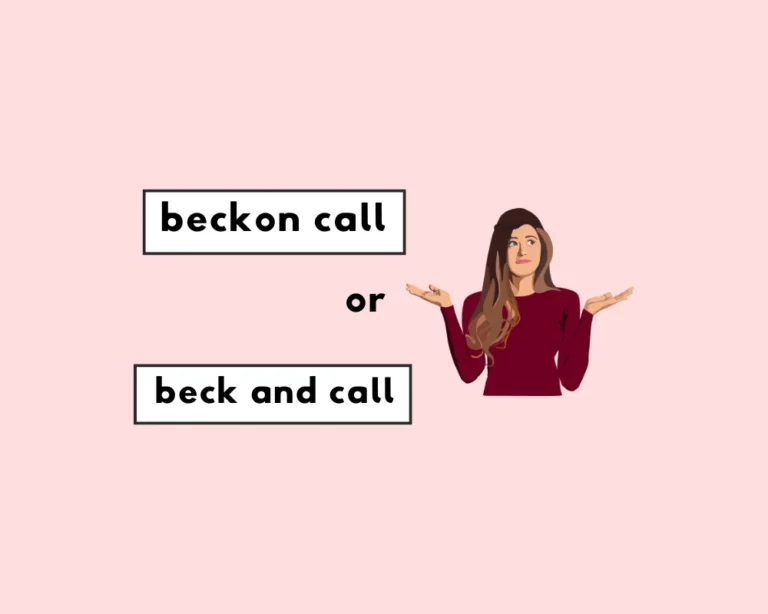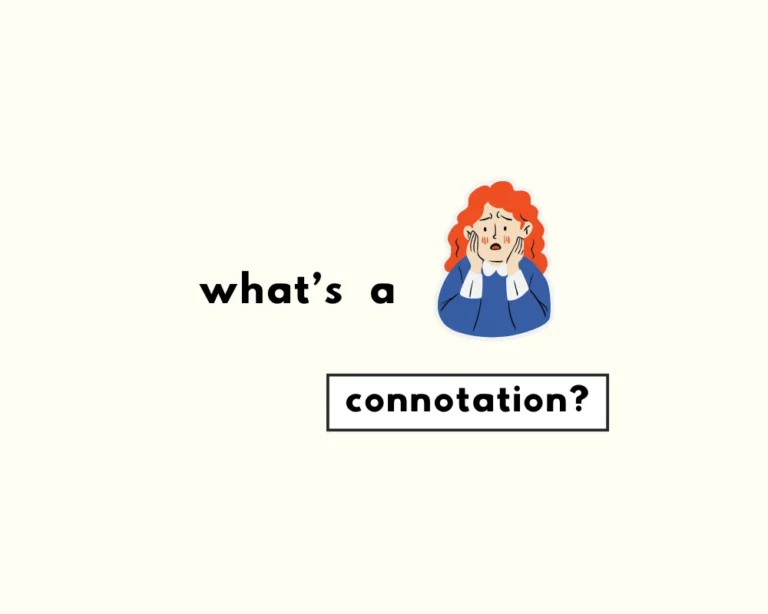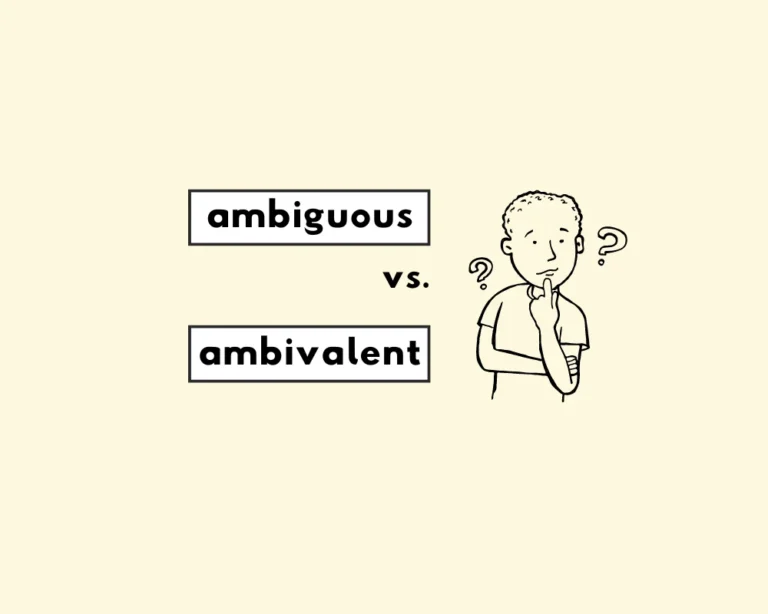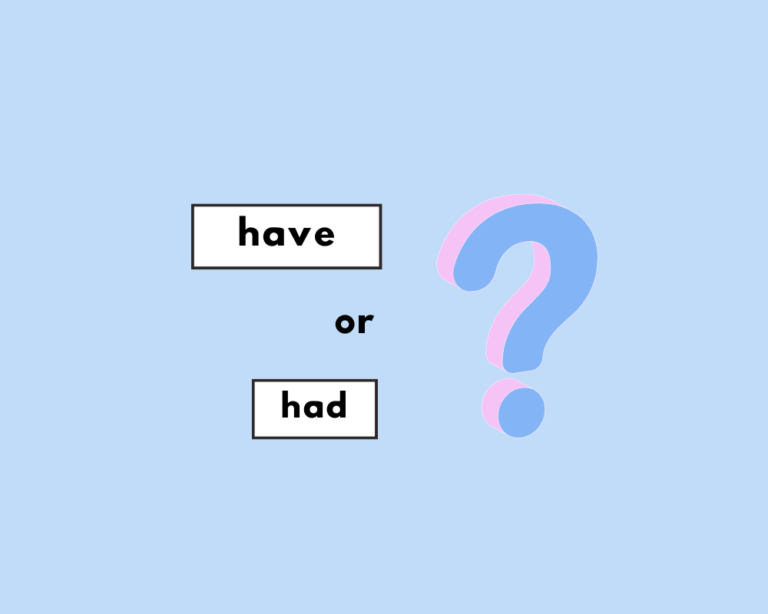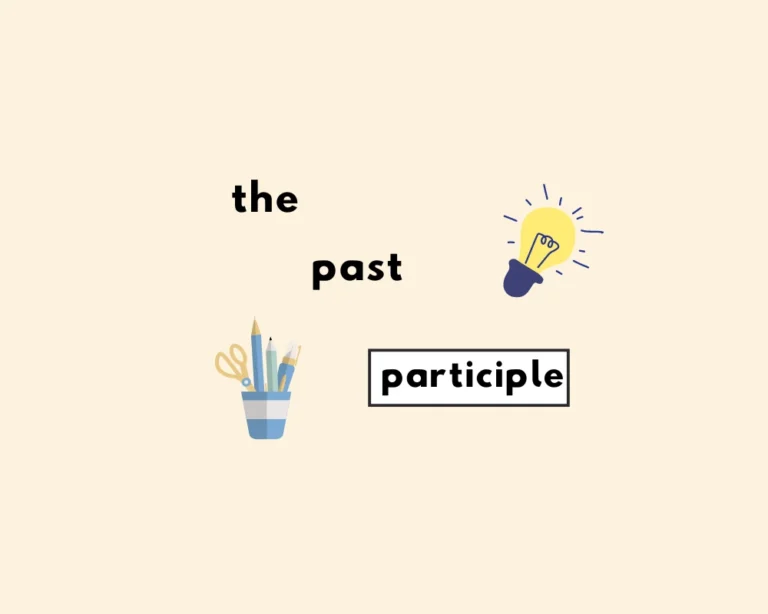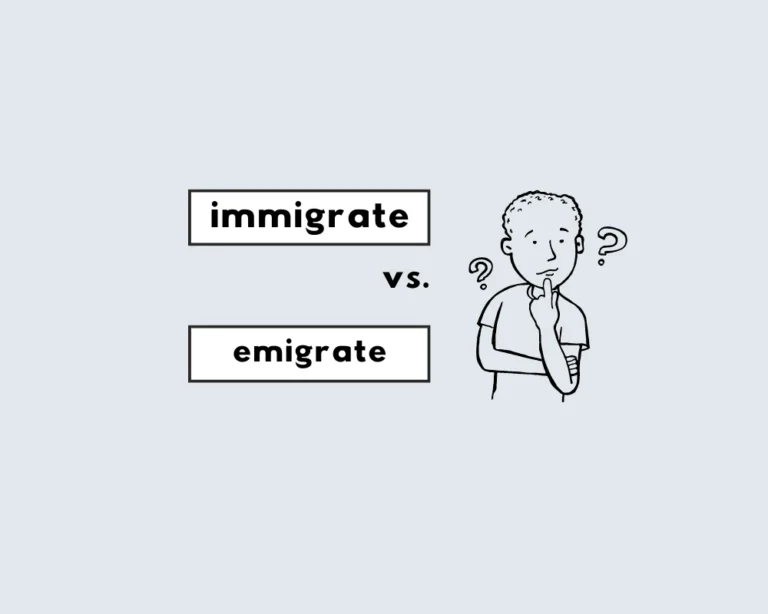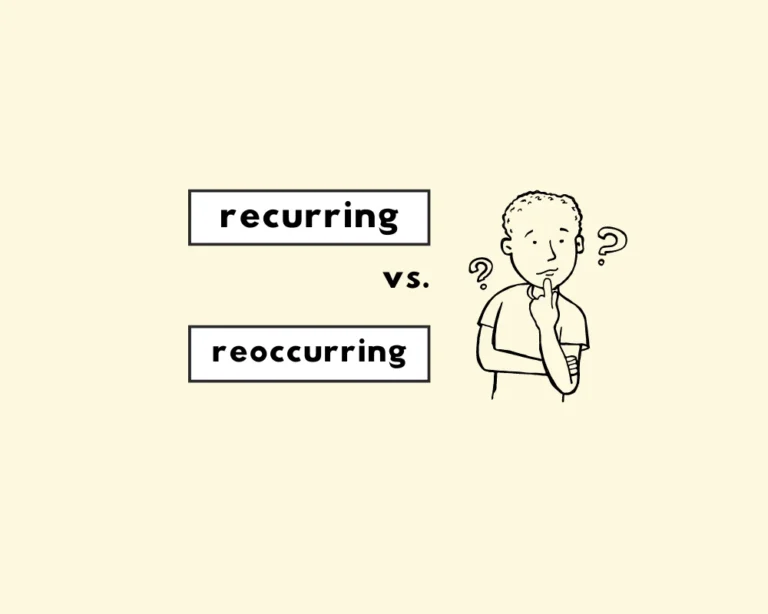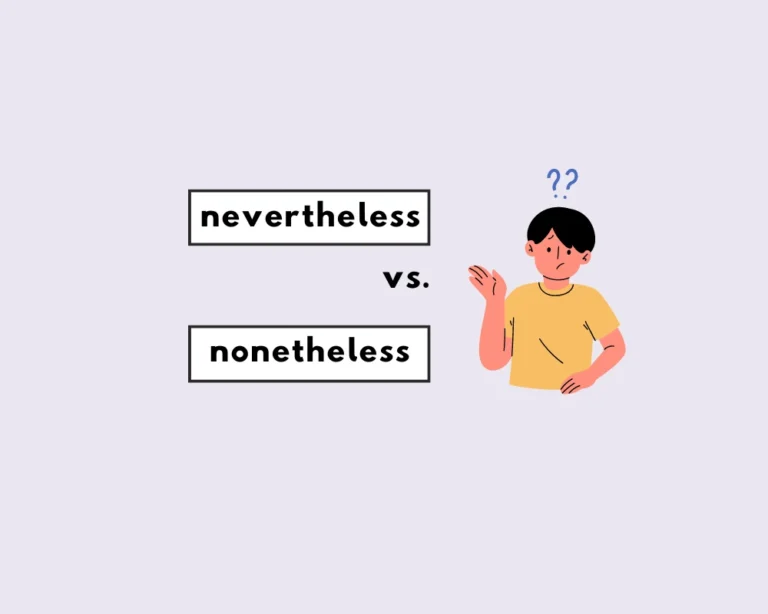Contents
Toggle
When to use commas (a guide)
Perhaps the most widely used and abused punctuation mark, the inimitable comma ( , ) is essential to the rules of English punctuation.
This guide shows when and how to use commas, and just about everything else you need to know about this upside-down tear drop looking thing that we call a comma.
What’s a comma?
A comma is a point of punctuation that signals a short pause in writing. “Punctuation” comes from the Latin word, punctus, meaning “to mark with points or dots”. Punctuation is subtle for a reason: the purpose is to assist in the flow and clarity of writing so that what’s written is communicable and, well, readable. If punctuation got in the way of writing, then that’s likely because it’s being misused or used incorrectly (which is easy enough to do).
Punctuation is not simply about adding dots and marks willy-nilly to writing on a page (or screen, most probably), but about the correct placement of points and stops so that writing flows. Marks of punctuation direct the flow of the writing, and guide us readers on how to digest and understand what’s written. Punctuation is critical to all writing in English, and the comma is one of the principal marks of punctuation. All the more reason to learn its correct use!
Comma Rules
Commas ( , ) represent a small pause in writing, one that’s not as strong as a period, but stronger than a semicolon, and are used in a variety of contexts. Let’s take a closer look at the main ways to use commas.
1. To separate items in a series or list
We use commas to separate three or more words in a series or list:
My estate goes to my husband, son, daughter-in-law and nephew.
England, France, and Italy formed an alliance.
He lost lands, money, reputation and friends.
George traveled to Spain, France, and Germany.
The last comma in the series, which comes before and, is called an Oxford comma (also called serial comma or final comma). The Oxford comma is often omitted before the conjunction and, though some style guides recommend its use.
In Strunk and White’s Elements of Style, the second rule in the book is on the Oxford comma. It states:
In a series of three or more terms with a single conjunction, use a comma after each term except the last. Thus write: red, white, and blue
2. Before conjunctions to separate independent clauses
Use commas before conjunctions to separate (or connect) independent clauses, and form compound sentences.
| Use commas with conjunctions to separate independent clauses: | |
| I spent the entire night studying, and I still failed the final exam! The situation is perilous, but there is still one chance of escape. |
If we omit commas in sentences with two independent clauses and a coordinating conjunction, this results in a comma splice. Sentences with comma splices can be difficult to follow and understand; try your best to avoid these errors by making sure to include a comma in sentences that require them.
3. To offset appositive phrases
Appositive phrases are in italics:
| Use commas to enclose appositive phrases: | |
| The best way to see a country, unless you are pressed for time, is to travel by foot. Immanuel Kant, a German philosopher, is lauded by scholars as the father of contemporary ethics. |
4. To directly address others
Come into the garden, Sam.
How are you, Andrew?
John, I think you’re wrong.
Use a comma after the direct address to someone if it appears at the beginning of the sentence. If you are directly someone at the end of the sentence, use a comma before the address. If it’s in the middle of the sentence, use a pair of commas surrounding the address to someone.
5. To mark a direct quotation
“Exactly so,” said Alice.
Ashley said, “I dislike concerts because the music is too loud.”
“The problem is,” the author stated, “that no one has money anymore to buy books.”
7. After an introductory clause or phrase
After riding his bike around the neighbourhood twice, Rob was sweating profusely.
During the production of the film, the director nearly quit.
To stay in shape for competition, athletes must exercise every day.
In the beginning, there was light.
If an introductory phrase is short (less than four words or so), the comma after the introductory phrase is optional. If the introductory phrase is longer, usually four words or more, it’s best to use a comma.
8. In dates, addresses, titles and numbers
July 4, 1776, was an important day in American history.
I was born on Sunday, May 12, 1968.
Mahatma Gandhi was born in the Indian state of Gujarat, on October 2, 1869.
Jeff Davis travelled to 15 Appian Road in Rome, Italy.
When placing commas in dates, each style guide may have differing advice on where the correct placement is. As a general rule, we use commas in dates to separate the day from the month and the date from the year.
8. Use commas to enclose nonrestrictive clauses
Nonessential appositive phrases give extra information and are marked with commas. Essential appositive phrases do not use commas.
| Use commas to frame nonrestrictive clauses: | |
| John, who spent the last three days fishing, is back on the job again. The audience, which had at first been indifferent, became more and more interested. In 1769, when Napoleon was born, Corsica had but recently been acquired by France. |
When nonrestrictive clauses appear in the middle of a sentence, place commas around it. If the nonrestrictive clause appears at the end of the sentence, place the comma before it and a period after.
Learn more on punctuation!
- How to Use a Semicolon?
- How to Use a Colon?
- What’s an Oxford comma?
- Do You Capitalize After a Colon?
Sources
- P.C. Wren and Martin, High School English and Grammar Composition.
- Harper, Douglas. “Etymology of punctuation.” Online Etymology Dictionary, https://www.etymonline.com/word/punctuation. Accessed 14 August, 2023.
- Purdue Online Writing Lab, Commas After Introductions, Accessed August 14, 2023.

